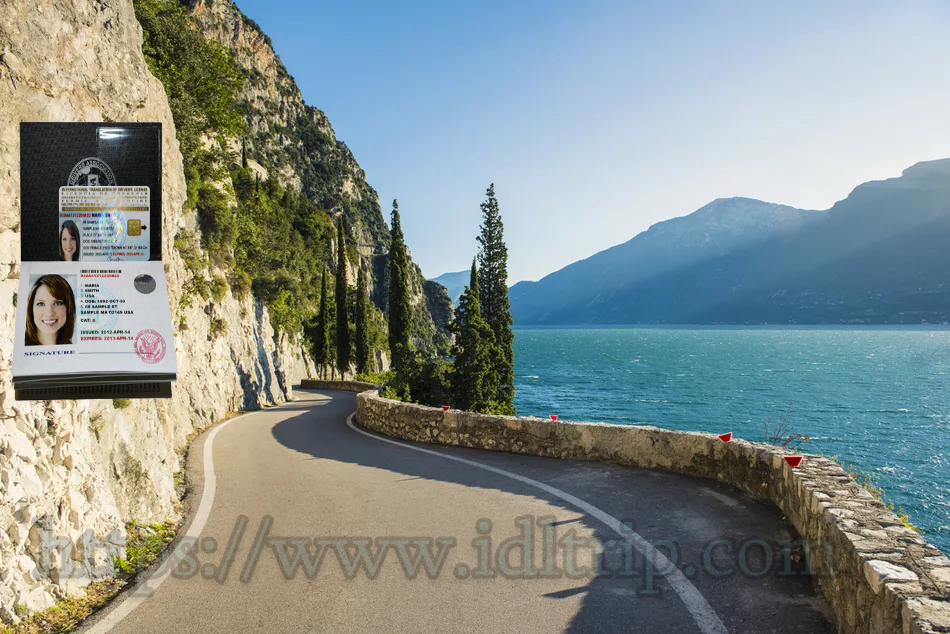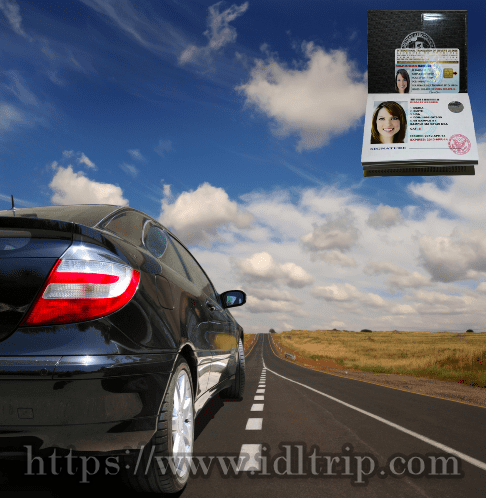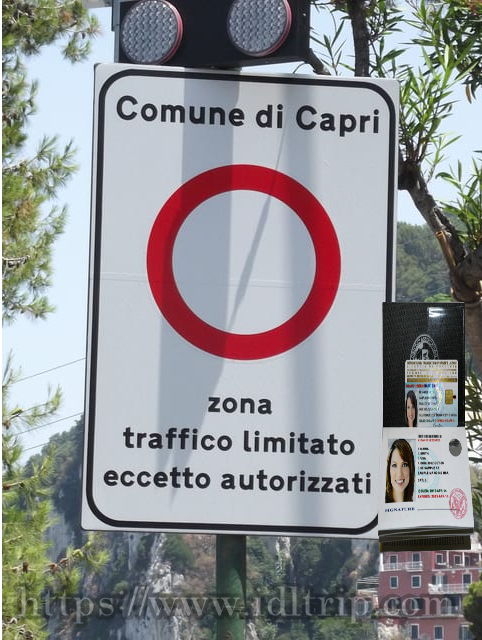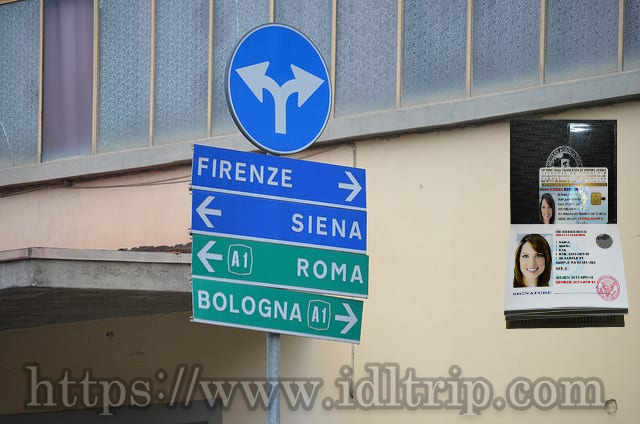Italy-driving Requirements. What to know when renting a car. Checklist for Driving in Italy. Rules of the Road. Driving on Sundays.
Italy. Driving Tips.
Driving in Italy is not for the unadventurous. While most forgo driving in the cities and rely on public transportation, driving is the main way to access and explore remote areas and small towns and is most often the only way to take in the beauty of the Italian countryside.

Driving Requirements
If your driver's license is from the U.S. or other countries outside the European Union, you should carry an International Driving Permit (IDP) along with your local license. You'll need to show your IDP if you get stopped by the police for any reason, including if you're in an accident. The International Driver’s License is not a license, requires no test, and is basically a translation of your driver's license.
The legal driving age in Italy is 18 years old, but you must have had your license for at least a year to rent a car, and many car rental companies will charge you an extra fee if you’re under 25.
What to know when renting a car
You can wait until getting Italy to rent a car. But you’ll get a better price, and more options, if you book before your trip; it’s often easiest online, although you can also book by phone. Most rental cars can be reserved online or by phone with major international chains or smaller companies.
Insurance may not be included with plans depending on the company, but it can always be added for an extra charge. Consider renting a car for a longer period for a more convenient rate (usually half the price of the daily rate) and factor the rising cost of gasoline into your budget!

Checklist for Driving in Italy
Driver's license (required)
IDP (recommended)
Proof of liability insurance (required)
ID/passport (required)
Reflective safety vest (required to have in car)
Reflective triangle (required to have in car)
Spare tire (recommended)
Fire extinguisher (recommended)
Technically, you need an international driving permit.
When you rent a car, you probably won’t be asked for it. But if you’re stopped? You might be. Or you might not. Really, there’s no knowing. But technically, you’re supposed to have it (along with your normal license) when you drive, and it’s easy to get; applications are open through the AAA website, and permits are valid for one year.

Rules of the Road
Italians drive on the right side of the road, just like Americans. That may seem basic, but you’d be surprised how many people don’t know.
-Seatbelts: According to Italian law, any time you ride in a vehicle that has seat belts, it is compulsory to wear them.
-Children and car seats: Children who are under 36 kilograms (97 pounds) or 150 centimeters (4 feet, 9 inches) must use appropriate car seats or booster seats and must ride in the back of the car.
-Distracted driving: You cannot text or talk and drive while holding a phone.
-Alcohol: A blood-alcohol level of more than 0.05 percent is considered legally intoxicated in Italy. Drivers with a level of 0.05 to 0.08 face fines, up to one month in jail, and a community service requirement.
-Speed limits: Except when posted otherwise, speed limits apply throughout Italy, including 130 kilometers per hour (81 miles per hour) on highways, 110 kph (68 mph) on non-major highways outside of major urban areas, and 90 kph (56 mph) on local roads.
-Traffic lights: In Italy, it is illegal to make a right turn on a red light even if you stop first. Italy has a three-light system like in the U.S., although there are not many traffic lights.
-School buses: You must stop when a school bus is stopped and unloading and loading passengers.
-Right of way: Yield to traffic on the right when you are at a junction or crossroads. In reality, drivers will not wait for you to proceed if you are hesitant.
-Parking: When parking on an urban street, park on the right-hand side. In marked "blue zone" areas, you must display a parking disc, valid for one hour, which can be obtained in tourist offices.
-Headlights: Even on sunny days, the law requires you to drive with your headlights on outside of urban areas. Always drive with your headlights on while on the autostrada.
-All Italian roads – from city streets to highways—have speed limits, usually indicated by a white and red circle with the number (by kilometers, NOT MILES, per hour) written in the center.

Driving on Sundays
Sunday is a good day for long-distance driving on the autostrada because trucks are prohibited on Sundays. Be aware that in summer, coast roads become very congested, especially on Sundays. Roads around the northern lakes are often congested on weekends, too.
